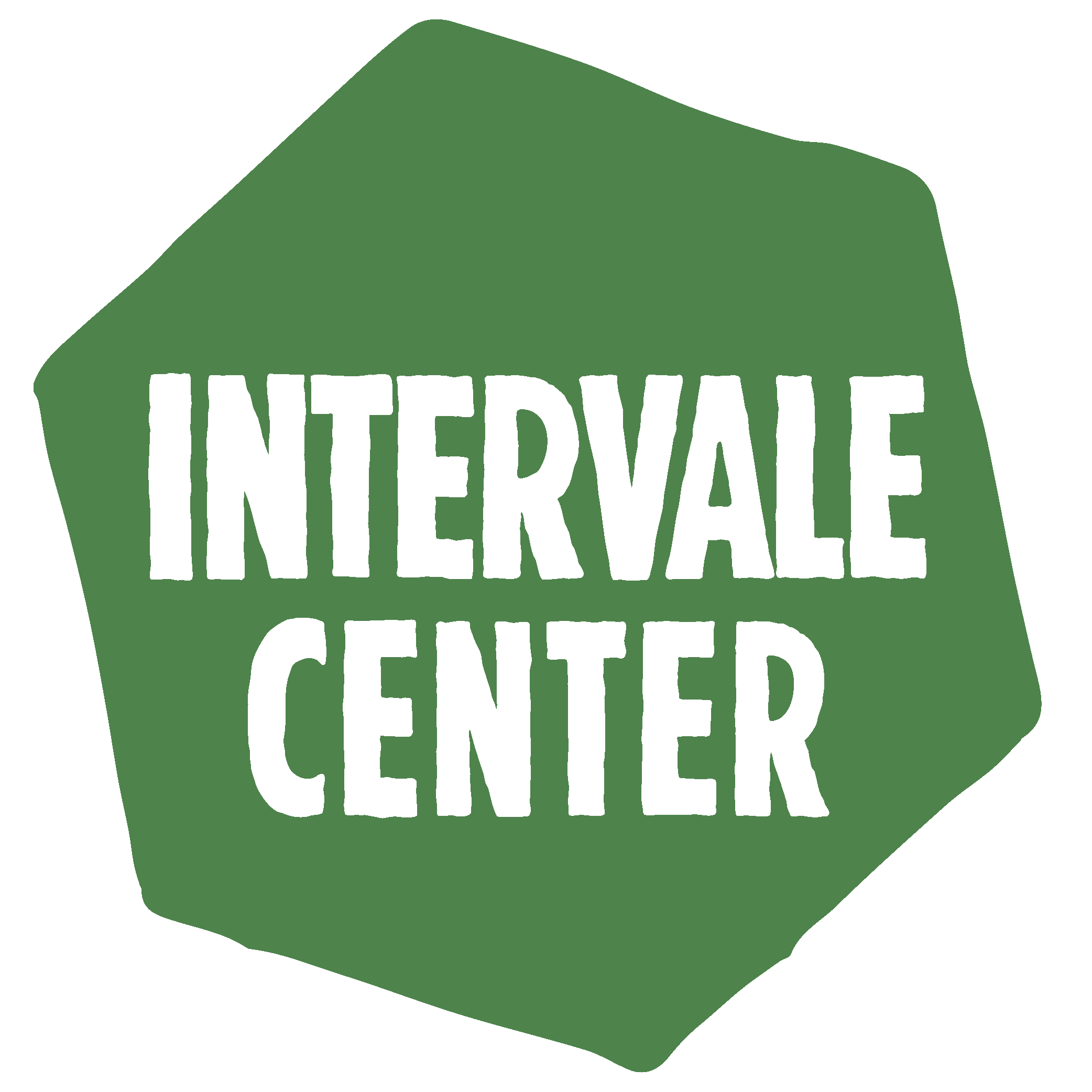The Many Benefits of Vermont’s Native Trees and Shrubs
Evergreens in the Intervale Conservation Nursery fields. Burlington, VT
Vermont is home to a variety of native trees and shrubs, all of which benefit the state’s atmosphere, biodiversity, and waterways. The Intervale Conservation Nursery is part of a dedicated effort to grow native tree and shrubs and plant them along riparian buffer zones throughout the state.
Silver Maple planting. Waitsfield, VT
When it comes to improving the atmosphere in Vermont and globally, native trees and shrubs’ ability to sequester carbon is critical. By absorbing and converting carbon dioxide into oxygen, native trees and shrubs remove large amounts of carbon dioxide from the atmosphere. With atmospheric pollution levels and climate change posing a greater threat to our planet every day, carbon sequestration is needed now more than ever.
While all native Vermont trees and shrubs absorb carbon, certain broadleaved species, such as silver maple, red maple, bur oak, northern red oak, and swamp white oak, are particularly effective. This happens because these trees undergo more photosynthesis due to the large surface area of their leaves.
To spotlight the silver maple species, the U.S. Energy Information Administration states that 25 years after first being planted, one silver maple will have sequestered 400 pounds of carbon dioxide! With this remarkable carbon sequestration power of native trees and shrubs, there is hope that planting more of them will give rise to the mitigation and reversal of carbon dioxide atmospheric pollution and climate change.
Native plants and shrubs also play a large part in sustaining Vermont’s biodiversity. By providing other organisms with food sources and shelter, they are vital to the survival of many species that comprise the state’s ecosystem.
For example, butterflies, bees, pollinating beetles, wasps, and flies rely on Vermont’s native common boneset perennial plant for pollination purposes. Furthermore, Vermont’s native white pine is an essential food source for birds and small mammals such as chickadees, crossbills, hares, mice, and chipmunks. The preservation of Vermont’s biodiversity depends on efforts being made to strategically and consistently plant more of these native trees and shrubs.
Planting project with US Fish & Wildlife Service
Through their dedication towards growing a variety of locally sourced, native trees and shrubs for river bank restoration projects, the Intervale Conservation Nursery is an excellent example of current efforts being made to incorporate more native trees and shrubs into Vermont’s environment. The nursery also provides planting services to ensure each native tree and shrub grown is handled and planted properly. This work helps protect the state’s biodiversity by increasing the level of shelter and food resources available for the native species that live in each area the trees and shrubs are planted in. This impact illustrates the value in Vermonters becoming more involved with native tree and shrub growing and planting initiatives.
In addition to being superstars when it comes to carbon sequestration and biodiversity, native trees and shrubs deserve much praise for their role in riparian buffer restoration projects. Riparian buffer projects, such as the ones the Intervale Center is involved with, work to improve the water quality of Vermont’s rivers and streams by planting native trees and shrubs along these waterways. These native trees and shrubs decrease the number of pollutants that enter the waterways by forming vegetative buffer zones. These zones, according to the Vermont Department of Environmental Conservation (VTDEC), filter runoff soil particles, slow down the rate of runoff from upslope areas and collect sediments before they can harm the waterways and residing organisms.
The native plants and shrubs also aid in protecting rivers and streams from experiencing nutrient overload. They accomplish this by removing nutrients from surface runoff. According to the VTDEC, the nutrients either stay in the buffer zone during sediment filtration, remain in the soil of the zone, or are used by the numerous plants and microorganisms that make up the zone. This nutrient removal is key as nutrient overload leads to the excessive growth of nuisance plants like algae, which disrupts the natural balance of any waterway. The advantages of native trees and shrubs in riparian restoration buffers extend into reducing erosion, stabilizing buffer zone banks, and controlling flooding.
Vermont’s native trees and shrubs are essential in helping our environment thrive and stay protected. We should all appreciate them, learn more about them, and, most importantly, plant more of them!
Guest written by UVM student, Mykala O'Farrell



